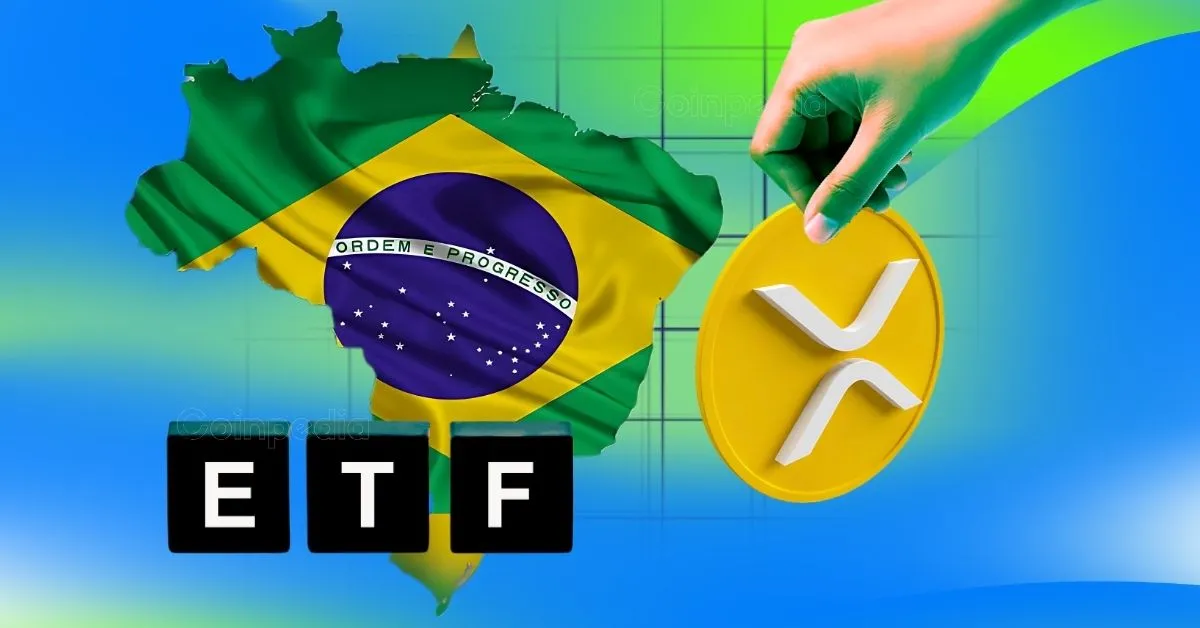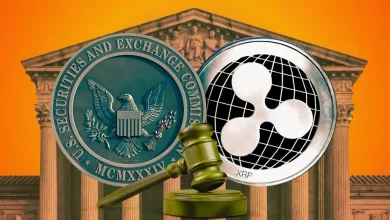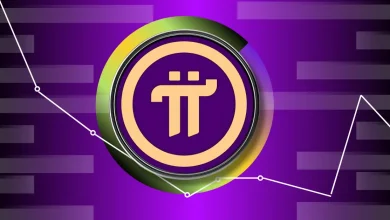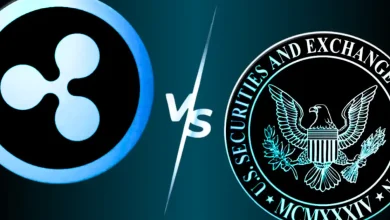XRP ETF News: Brazil Launches World’s First Spot XRP ETF ‘XRPH11’ – Now Live!
-
 XRP $ 2.14 (-2.69%)
XRP $ 2.14 (-2.69%)

Brazil launched the world's first spot XRP ETF, XRPH11, by Hashdex, trading on B3.
Brazil's swift approval contrasts with the U.S.'s regulatory delays for similar crypto products.
Global XRP ETFs currently hold $950 million AUM, with potential for significant growth if U.S. approval follows.
XRP News Today, April 26th: Brazil has officially launched the world’s first spot XRP ETF. The fund, called XRPH11, is issued by Hashdex and managed by Genial Investimentos, beginning its trading journey on April 25 at Brazil’s stock exchange, B3.
This rapid approval and launch by Brazil stands in stark contrast to the U.S., where regulatory roadblocks continue to delay similar products. Brazil’s proactive approach highlights the country’s growing reputation as a crypto-friendly hub, further solidified by its introduction of the first-ever Solana ETF last year.
XRPH11: A Bold Bet on XRP
XRPH11 is designed to track the Nasdaq XRP Reference Price Index and allocates at least 95% of its assets directly or indirectly to XRP. This includes a mix of spot XRP holdings, futures, and other crypto-related instruments. Although the exact trading volume hasn’t been publicly disclosed yet, XRPH11 is already active and listed on B3’s website.
This marks Hashdex’s ninth crypto ETF on the exchange, joining earlier products for Bitcoin, Ethereum, and Solana.
Aiming at Institutional Investors
According to Samir Kerbage, CIO at Hashdex, XRPH11 targets institutional and sophisticated investors seeking regulated crypto exposure in Brazil’s equity market. Kerbage emphasized that the product is built around key principles like transparency and investor protection, aligning closely with local regulations.
The Race Toward an $8 Billion Opportunity
Currently, XRP-focused ETFs globally hold about $950 million in assets under management (AUM). However, momentum is building. Last week, CoinShares reported $37.7 million in inflows into XRP-related funds — the highest among all crypto ETPs.
JPMorgan analysts have forecasted that XRP ETFs could see up to $8 billion in net inflows over time. While Hashdex is leading the race in Brazil, it’s worth noting that Brazil represents only 0.9% of the global crypto ETP market. XRPH11 will need to attract international attention to make a real impact.
- Also Read :
- Why BlackRock Is Not Filing XRP ETF?
- ,
Will XRPH11 Succeed?
Brazil’s swift action in launching the spot XRP ETF puts it ahead of the curve, especially as the U.S. continues to struggle with regulatory delays. However, the success of XRPH11 is not guaranteed. The country’s first Solana ETF, launched last year, failed to generate significant investor enthusiasm, reminding us that even groundbreaking products can falter without widespread adoption.
If XRP’s ETF underperforms, it could pressure the token’s price in the short term. On the other hand, optimism remains high that the U.S. will soon approve its own spot XRP ETF. Betting platform Polymarket currently gives it a 74% chance of approval within 2025.
Never Miss a Beat in the Crypto World!
Stay ahead with breaking news, expert analysis, and real-time updates on the latest trends in Bitcoin, altcoins, DeFi, NFTs, and more.
FAQs
The U.S. Securities and Exchange Commission (SEC) is anticipated to decide on several XRP spot ETF applications by May 22, 2025. This date aligns with the SEC’s deadline to respond to filings from firms like Grayscale and 21Shares. Market optimism is high, with prediction platforms like Polymarket indicating an 87% chance of approval this year .
Yes, Hashdex is actively expanding its ETF offerings. The firm has filed to include additional altcoins—such as Solana (SOL), Cardano (ADA), Chainlink (LINK), Avalanche (AVAX), Litecoin (LTC), and Uniswap (UNI)—into its Nasdaq Crypto Index US ETF.
The launch of XRPH11 could influence XRP’s price in the short term. Analysts suggest that increased institutional demand from the ETF may drive prices upward. However, there’s also potential for short-term volatility due to market adjustments and liquidity factors.








